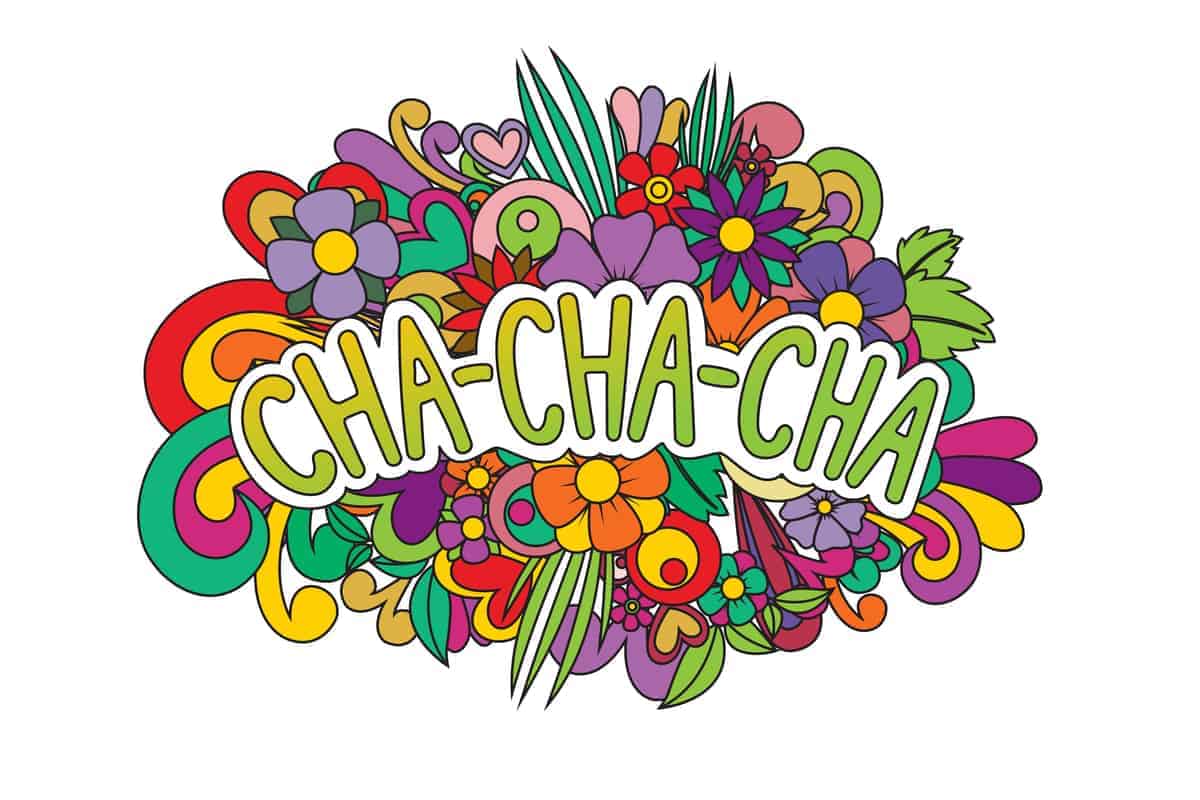Kirk Liemohn is a Principal Software Engineer at ThreeWill. He has spent nearly a decade helping clients transform and migrate their content from one platform to another (typically to Microsoft 365) with a focus on the more complex scenarios. Prior to his transformation focus, Kirk led several key SharePoint integrations at ThreeWill including Jive, Polycom, and Confluence.
[Note: this post was originally published in August, 2018 and has been updated in April, 2021.]
Introduction to Mapping Jive Content Types
Jive and Microsoft 365 both have a long list of content types. Some of these are used regularly and some are more obscure. In our migration FAQ, we try to cover what content types we can migrate with our utilities and which ones we currently do not. This is a moving target since new capabilities are added regularly. For example, at the original time of this writing, we did not support migrating Jive content to Modern Pages or migrating Jive home/landing pages, but now we do.
Back in 2014…
For ThreeWill it all started when Chris Edwards migrated our Jive content to Microsoft 365 in 2014. The simplest solution with the least loss of information was to migrate Jive documents to SharePoint wiki pages with references to documents in a document library for uploaded/binary files, photos, videos, and attachments. This allowed for comments (as well as a description to be maintained for files) by simply putting them on the wiki page. It’s not the most elegant solution as you can’t reply to a comment that is stuck at the bottom of the wiki page without editing the entire page and placing your own comment at the bottom, but it did allow for all of the information to be maintained.
While wiki pages don’t really allow for conversations, SharePoint had a good place for conversations for some types of content. Early on we started migrating Jive discussions to a SharePoint discussion list and Jive blog posts to a SharePoint blog list within a blog site. Both allowed for the entire threaded conversation to be migrated with full fidelity. Individual comments can be attributed to the author with the appropriate timestamp and nesting. After migration users can reply to individual comments to continue the conversation.
Unfortunately, wiki pages, SharePoint discussion lists, and SharePoint blog sites are all a little outdated. Whether stated publicly or not, Microsoft has deprecated all of these. They still exist and are supported, but they are not improving them and have not improved them for years.
The Content-Type Cha-Cha-Chá
It sometimes feels like a dance; moving a couple of steps forward, a step or two to the side, and maybe even a step backward. Over the years we worked with our clients to explore better ways to represent Jive content types within Microsoft 365. These have included:
- Incorporating Yammer for comments (proof-of-concept)
- Converting Jive collaborative (HTML) documents, discussions, and blog posts (potentially with their comments) to PDFs and migrating those to a document library
- Migrating personal content to OneDrive
- Migrating videos to the O365 Video Portal
- Migrating Jive categories and tags to a multiline field and to managed metadata
- Migrating Jive Events to a SharePoint Event/Calendar list
- Migrating the Jive Photo Albums to individual SharePoint document libraries
- Migrating Jive documents, discussions, and blog posts (and their comments) to Modern Pages
All of these still have pros and cons…
We support migrating what I consider the primary Jive content types:
- Collaborative documents
- Uploaded/binary files
- Photos (aka images)
- Videos (both uploaded and embedded)
- Discussions
- Blog posts
- Events
- Polls
However, there are still a few that are noticeably absent because clients have shown little to no interest in migrating them:
- Ideas
- Tasks
- Status Updates
- Private Messages
- Bookmarks
- Announcements
- Shared Links
- Streams
This isn’t to say that none of our clients has been interested in one or more of these. But none have had enough interest to work with us to find an appropriate place for them in Microsoft 365. Some have an obvious target content type and others don’t.
Content Metadata
There are some other ancillary pieces of information. Many of this we handle such as:
- Attachments
- Embedded images
- Static images
- Transforming links to people, places, or content (this is no small effort and heavily used in Jive)
- Created/Modified timestamps
- Attributing the author and editor of a piece of content
- Jive Group membership
- Jive Space permissions (both Security Group and User Override permissions)
- Tags (to a global term store)
- Categories (to a site collection term store)
- Profile images (although this is rarely done and has an extra charge)
But other secondary data we currently do not migrate (but much of this is available in our extract / technical archive):
- Follows
- Likes
- Profile Properties
- Place logos
- View counts
Jive Home / Landing Pages
That finally brings us to Jive Home and Landing pages along with their widgets and tiles. Clients would love for us to migrate this and as of 2021, we are happy to announce that we do have some capability here. Unfortunately, this is a hard problem to solve. Each Jive widget or tile is its own mini-application. Many times this functionality is not in Microsoft 365 or would have to be re-created in some way so each widget/tile has to be looked at individually for migration. Currently, we have the ability to migrate:
| Jive Widget / Tile | SharePoint Web Part |
| Banner tile | Hero web part |
| Carousel tile | Hero web part |
| Document Viewer tile | Quick Links, People, or our custom Enhanced Text web part using an algorithm based on the number and type of links found |
| Featured Content tile | Highlighted Content web part (done completely via metadata and template) |
| Featured Video tile | Video web part |
| Formatted Text widget | Quick Links, People, or our custom Enhanced Text web part using an algorithm based on the number and type of links found |
| Helpful Links tile | Quick Links web part |
| HTML tile | Quick Links, People, or our custom Enhanced Text web part using an algorithm based on the number and type of links found |
| Manual List tile | Quick Links web part |
There are plenty of widgets/tiles that we don’t currently support, but we do have a framework in place for adding more. In addition, the specifics around each that we do support requires further conversations and can have a significant cost.
There’s way too much detail to review in a blog post here on what we cover and do not cover on both content items and landing pages. If you are serious about using our services, please schedule a workshop.
Conversations – Is Microsoft Shooting in the Dark?
One of Jive’s core strengths is allowing for conversations on virtually every content type. At the time this post was originally written in 2018 this was decidedly not a core strength of Microsoft 365. However, it has been getting better. Yammer integration has slowly improved over the years, Microsoft Teams is quite strong at allowing conversations around content, and even Modern SharePoint Pages allow for comments.
Microsoft is clearly still trying to find its way regarding conversations. Right now there are several choices and they are not integrated. You can have comments inside of a Word document, reference that Word document in a Microsoft Teams discussion with a separate set of comments, reference that document from Yammer with another set of comments, or reference that document from a Modern Page with yet another set of comments.
The direction we are hearing from Microsoft is that Microsoft Teams is for the inner-ring (or “loop”) and intended for a relatively small group of people, while Yammer is for the outer-ring (or “loop”) and intended for larger audiences within the organization. This helps but doesn’t explain how comments inside of an Office document or comments on a Modern Page fit in (if at all).
Since Jive is very comment-centric, maybe we should migrate comments to one of those platforms. Here’s where we are for each of those:
Solution | Status |
| Yammer | We have done a POC of this in the past, but there are several downsides including:
Yammer used to have plain text limitations, but that is no longer an issue. |
| Microsoft Teams | The functionality of Microsoft Teams is likely the closest match to Jive Groups. The Teams API finally opened up in 2020 from a beta standpoint to allow migrations to attribute the author and timestamp of messages and message replies. The API is a little clunky in that a Team must be in “migration mode” to allow for the author/timestamp to be set (instead of being set to the migration account and the migration date). When in “migration mode” nobody can actually see the migrated content in the team and once you exit “migration mode” you can’t go back, so remediation to migrated content can’t be automated and must be done by hand (if feasible). |
| Modern Pages | Modern Pages support comments, but there is no public API allowing us to generate comments during migration. Therefore we currently place the comments at the bottom of the page and the conversation can continue using Modern Page comments. If an API supported migrating to Modern Page comments, we would then have to deal with the problem that those comments are only plain text (so you would lose fidelity) and they only allow nesting two levels deep (so you would lose some nesting context). |
| Office Document Comments | We have not investigated this as no client has shown interest. |
Our current approach on comments is to migrate them to a custom read-only web part on a Modern SharePoint Page. This shows below the content body on the page. These comments are an “archive” in that you cannot reply to a specific comment, but you can use the Modern Page commenting capability to add more comments. For file-based Jive content (uploaded files, photos, videos), we put the file in a Document library, but also create a Modern SharePoint Page to hold the rich text description and comments and show a File Viewer web part so the user can view the file contents and comments at the same time.
Conclusion
Microsoft 365 is a great platform. There are a ton of tools and applications available. However, there isn’t a simple one-to-one mapping if you are migrating from Jive to Microsoft 365. It’s complicated and we’d like to help you get there. We get into a lot more details during our two-day workshop where we not only share how we can migrate your content, but we also learn about how you use Jive and how you want to use Microsoft 365 so we can tailor the migration to your needs.
CONTACT THREEWILL TO LEARN MORE ABOUT MIGRATING FROM JIVE TO MICROSOFT 365!





1 Comment